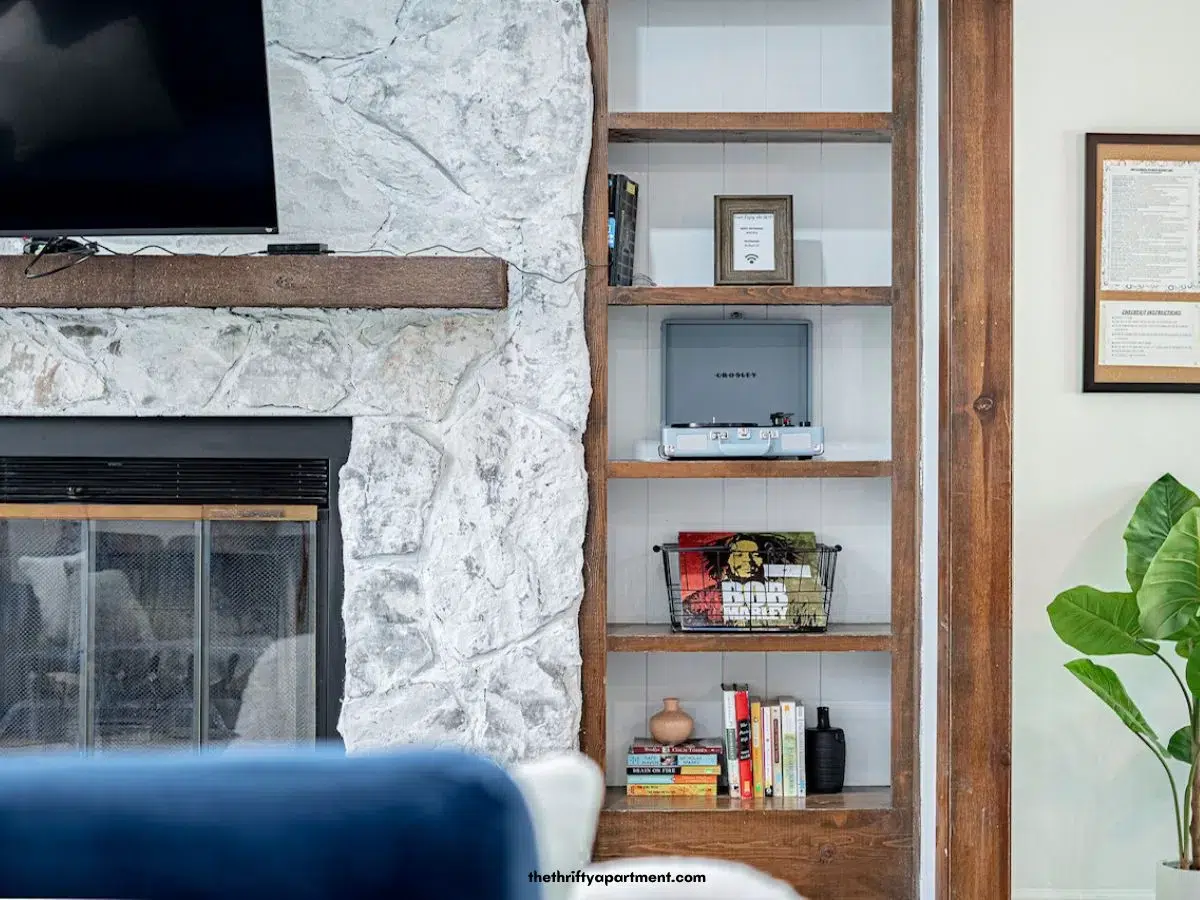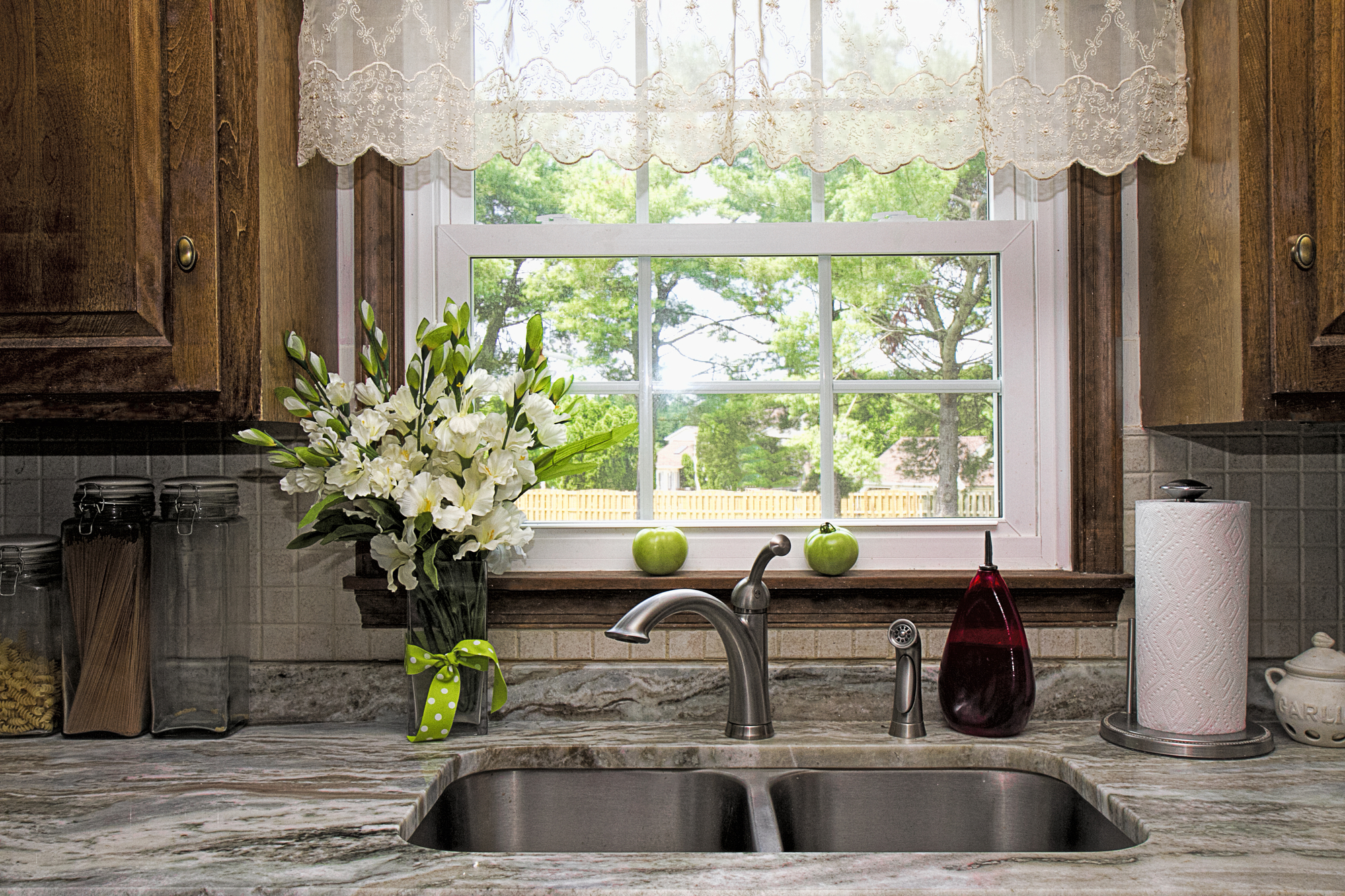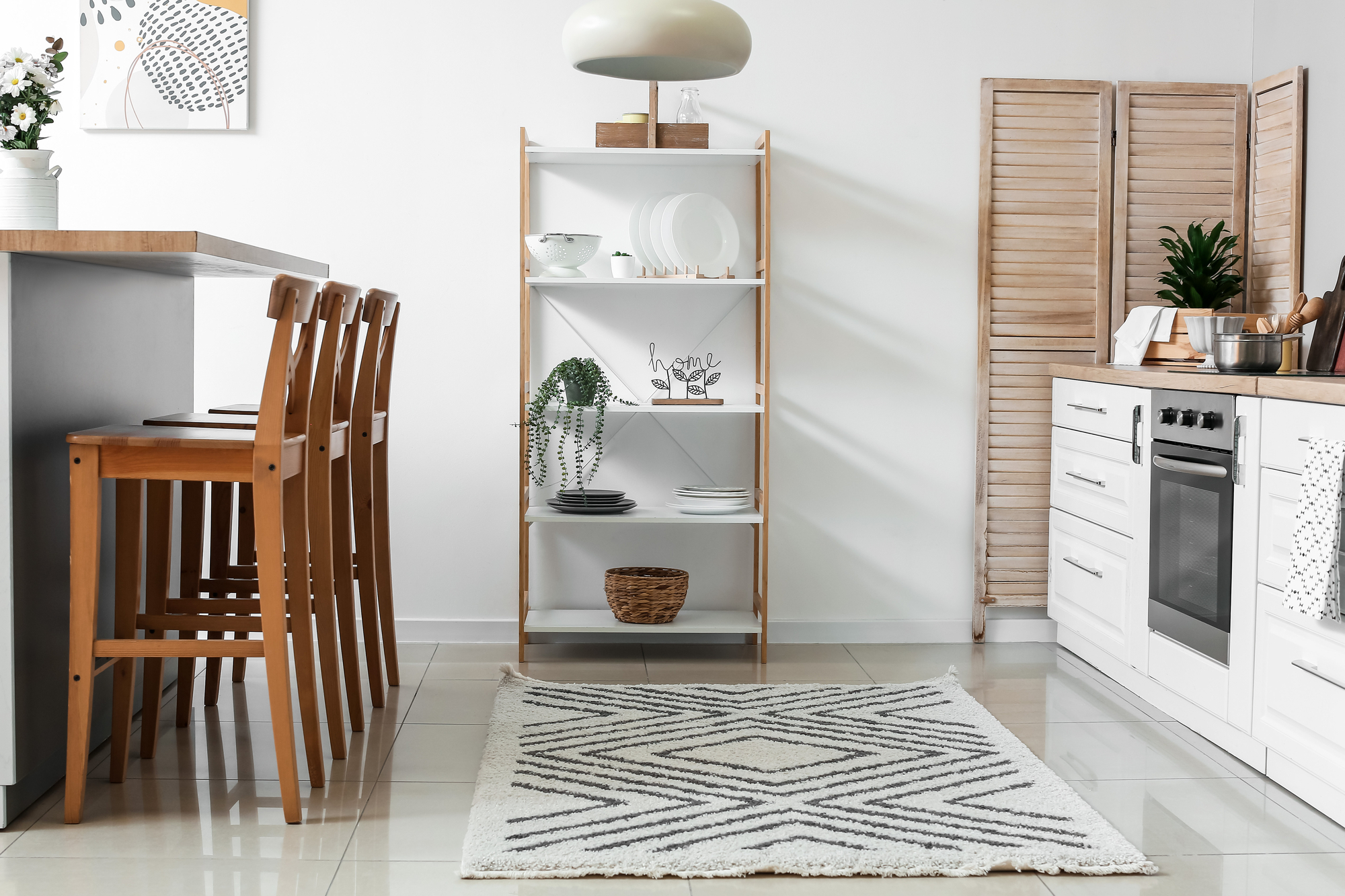This post may contain affiliate links.
Selecting the right floor tile for your home can be quite an experience. From the design to the look and feel to its durability, these choices must be considered when choosing tile. This choice becomes even more overwhelming when considering the number of options available on the open market.
But even with so many options, two common choices that people often misconstrue (and sometimes used interchangeably) are ceramic and porcelain tiles. While both materials have similarities and, quite frankly, a strong resemblance to each other, understanding their differences is necessary to pick the right tile for your space.
Ceramic tiles are the most popular and well-known. But do you know why? One main reason is its affordability, versatility, and wide availability, whereas porcelain tiles are recognized for their durability, resistance to moisture, and higher quality.
That said, I’m sharing the pros and cons of using both tiles in your home to help you determine which one is right for you.

This post may contain affiliate links, which means I will earn a small commission if you purchase through my link. Please see the full disclosure and privacy policy for more information.
Pros of Porcelain Tile Flooring
Porcelain tiles are a type of flooring that is quite beautiful, and they provide both practical and aesthetic advantages, making them an excellent choice for homeowners with modernized kitchens. Here are some reasons to consider porcelain tiles:
Durability
Porcelain tile is known to be extremely durable. This is primarily due to its dense composition. Porcelain is made with very fine clay that is blended, pressed, fired up at extremely high temperatures, and baked to perfection.
This way of making porcelain makes it highly resistant to chips, cracks, and scratches, ensuring longevity. This type of tile holds up well in heavy traffic areas without showing wear and tear. Not only is it great for the indoors, but it also has outdoor use.
Because of its low maintenance and long lifespan, porcelain will stay attractive for many years to come (20+ years).
Water and Moisture Resistance
Porcelain tile floors are highly resistant to moisture and water. This tile does not absorb water, making it an excellent choice for moisture-prone areas and areas prone to spills and humidity, such as kitchen and bathroom floors, basements, and even laundry rooms.
Appearance
Porcelain looks rich, high-end, and a bit smoother in person than ceramic. Porcelain tile flooring comes in many designs, patterns, and colors. This material can mimic natural stone, wood, and brick.
Whether you prefer a classic, modern, or rustic look, a porcelain tile design will complement your space.

Cons of Porcelain Tile Flooring
While porcelain tile flooring offers several advantages, here are a few cons that you should keep in mind:
Higher Upfront Cost
Compared to other types of flooring, like luxury vinyl plank and ceramic tiles, porcelain tile tends to be a bit more expensive by the square foot. This is primarily due to the way it’s manufactured, its weight, and its durability.
However, one thing to remember is that while porcelain tiles may appear higher in cost upfront, this can make up for itself over the long run as it may require fewer replacements and repairs. Porcelain tile’s durability and longevity can offset the initial investment.
Cold and Hard Surface
Porcelain tile can feel cool and slightly hard underfoot. So, if you like to walk around barefooted, the feel of porcelain tiles can be less comfortable compared to other types of flooring, such as carpet or hardwood, which may offer a softer and warmer surface.
Not as Widely Available
Unlike ceramic floor tiles, it is not always possible to find a wide selection of porcelain in most stores, and when you do, you might be limited in the design options to choose from. Most department stores like Home Depot and Lowes may have a couple of options in their inventory of products. This is something to keep in mind when shopping for porcelain tiles.

Pros of Using Ceramic Tile Flooring
Now that we have covered porcelain tiles, let’s get into some of the advantages of choosing ceramic tiles.
Affordability
One of the biggest advantages of ceramic tiles is their affordability. This thing can be cheap! Compared to other tile materials, such as natural stone or porcelain, ceramic tiles are more budget-friendly, making them an attractive option and a better choice for those on a tight budget.
Versatility
Ceramic tiles are also versatile when it comes to design options. They are available in various colors, patterns, and finishes. Ceramic tiles can mimic the appearance of more expensive materials, such as natural stone or wood, allowing you to create a high-end look at a much lower cost.
Cons of Using Ceramic Tile Flooring
Ceramic tiles also have some drawbacks that should be considered.
Lack of Durability
Ceramic tiles are more prone to cracking and chipping than porcelain tiles, especially when exposed to heavy foot traffic or impact.
More Pourous
Ceramic tiles are more porous, making them more susceptible to stains and water damage. While they are still a good choice for high-trafficked areas like bathrooms, kitchens, and laundry rooms, they may not be good for use in certain outdoor areas.
Ceramic vs Porcelain Tiles
Pricing
Regarding the cost of ceramic tiles vs. porcelain tiles, ceramic tiles are the apparent winner as they are significantly cheaper than porcelain tiles. While the price of either tile can vary depending on design, size, and manufacturer, on average, ceramic tiles have a lower starting point than porcelain tiles.
Prices for ceramic tiles start under $1, and porcelain tiles start around $3 (unless you find a good sale). This makes porcelain tiles much more expensive.
Availability
It may be more challenging to find porcelain tiles in the same way you can find ceramic tiles. Ceramic tiles are usually available in abundance in department stores. In contrast, you may have to check specialty flooring stores and online to find exactly what you are looking for regarding porcelain.
Very few stores carry porcelain in abundance. Porcelain floor tile design options are generally more limited compared to ceramic tiles.
Appearance
At first glance, you may not always be able to tell the difference between ceramic and porcelain tiles. However, Porcelain floor tiles are denser and less porous compared to ceramic tiles, and they appear to have a richer, higher-end look.
The way it is Manufactured
The difference between ceramic and porcelain tiles can be traced back to their composition and production methods. Ceramic tiles are created using coarser slabs of clay, while porcelain is made with high-quality clay. Ceramic tiles undergo firing at a lower temperature, while porcelain experiences more extreme temperatures.
Porcelain tiles beat out the ceramic as the more higher-end and more luxurious type of tile.
Easy to Clean and Maintain
Both porcelain and ceramic tiles are super easy to clean and maintain. Cleaning both tiles is very simple with a mop, bucket of water, and cleaning solution of choice. Moreover, their durability ensures they can withstand regular cleaning agents without damage.
However, the only thing to consider when cleaning is the type of grout used. Grout can become discolored and is prone to mold and mildew. So, in addition to cleaning the tile, you must also find the right grout cleaner to clean the grout, whether white or black grout.
In addition, regular sweeping or vacuuming of your tiles is helpful to remove dirt, dust, and debris. Proper and regular cleaning will help to preserve it over time.
Installation
Both tiles are typically installed in almost the same way. However, ceramic tiles are easier to cut for those who like to DIY their flooring, simply requiring a basic tile cutter.
Porcelain, on the other hand, can be very difficult to cut. You may need a special cutter and adhesive to lay it down or professional installation. However, both will require grout, sealant, and other subflooring products.
Other posts you might like:
- How to Clean Your Tile Grout
- Pros and Cons of Using Black Grout on White Tiles
- How To Clean Vinyl Plank Flooring
- Pros and Cons of Vinyl Plank Flooring
Conclusion
There is no definitive winner when deciding between ceramic tile and porcelain tile. Both options are eco-friendly and hypoallergenic. These two building materials share many similarities and can serve equally well as flooring, wall covering, or countertop surfaces.
The ultimate choice between ceramic and porcelain tile largely depends on your personal needs and aesthetic preferences.
Tamara White is the creator and founder of The Thrifty Apartment, a home decor and DIY blog that focuses on affordable and budget-friendly home decorating ideas and projects. Tamara documents her home improvement journey, love of thrifting, tips for space optimization, and creating beautiful spaces.





